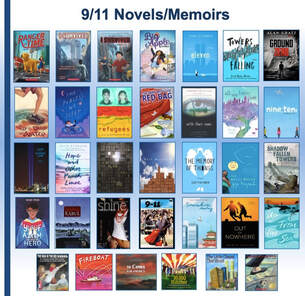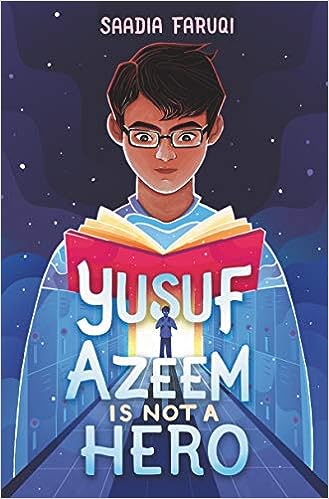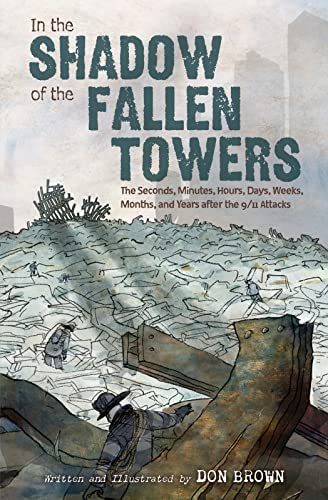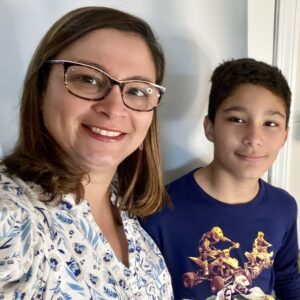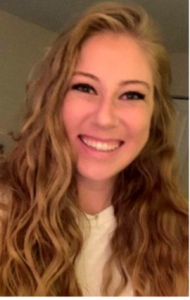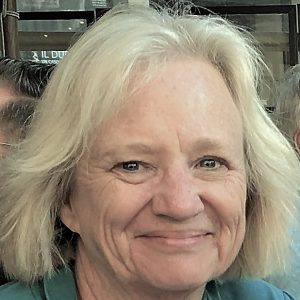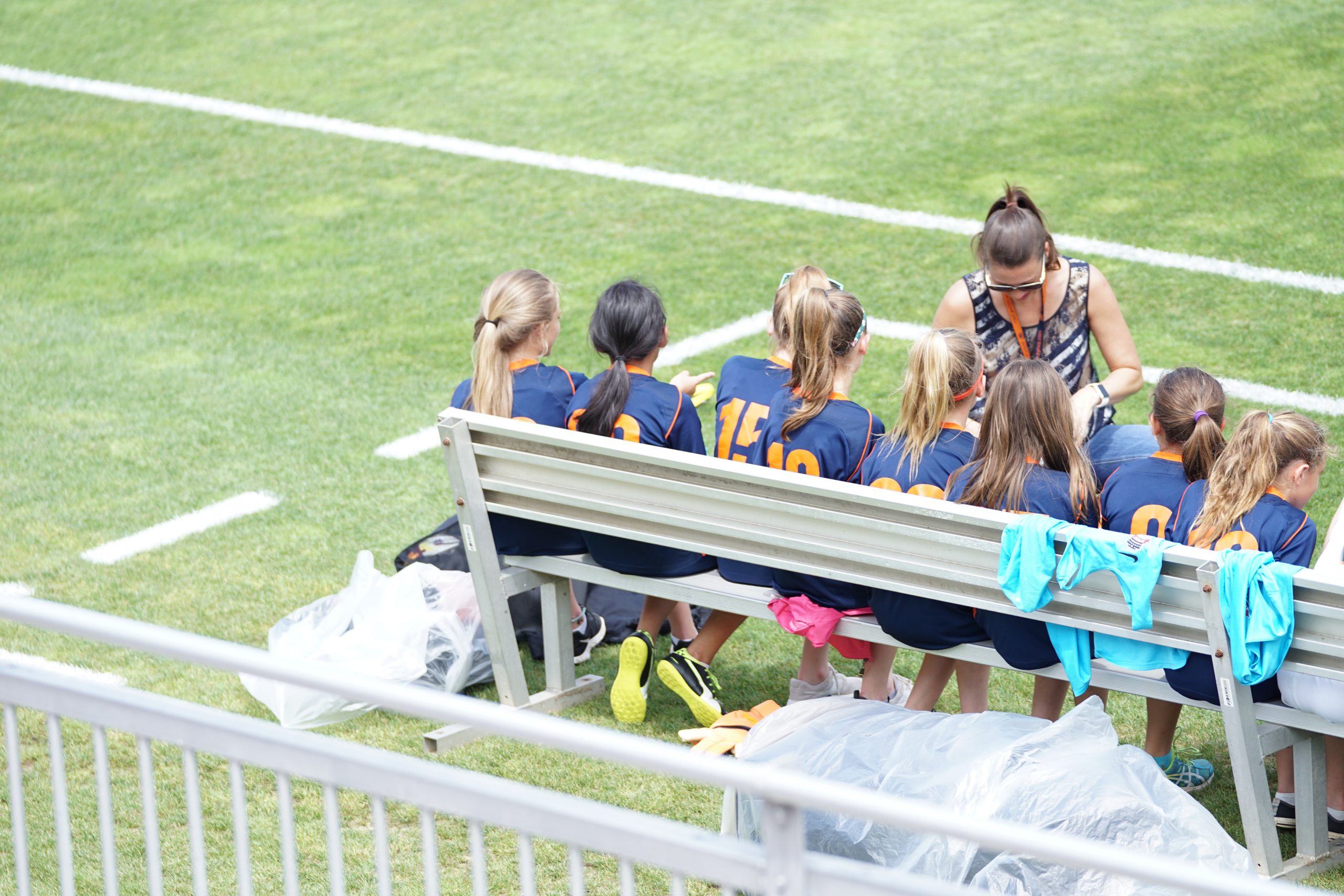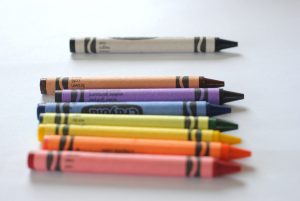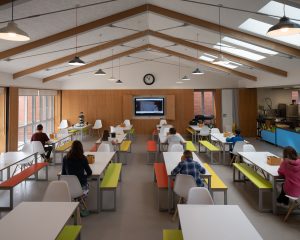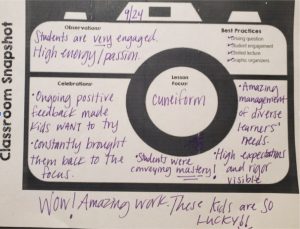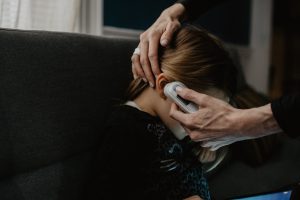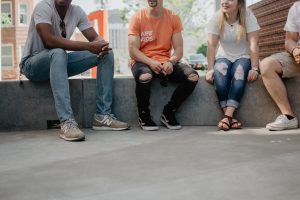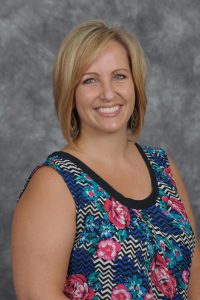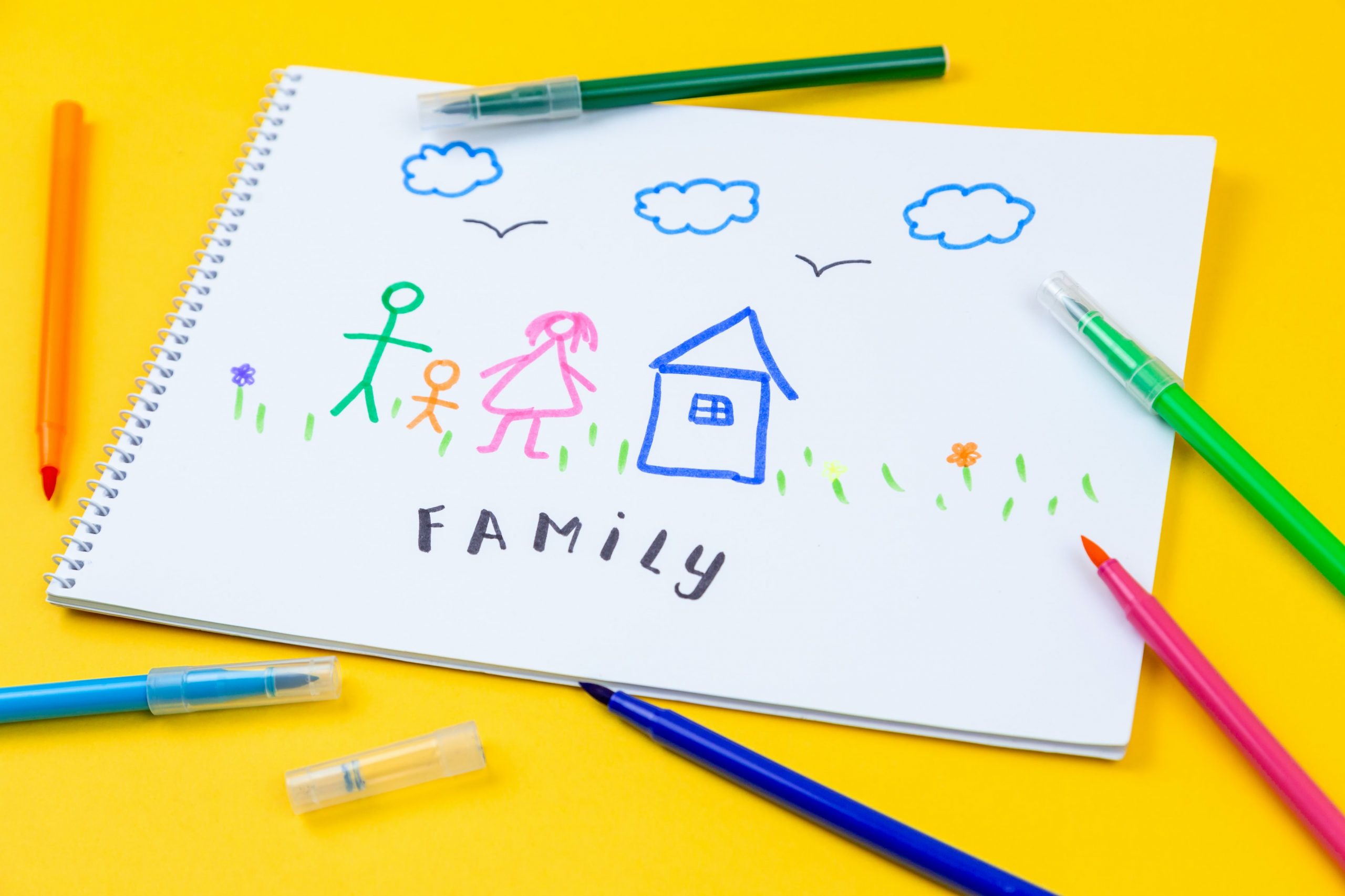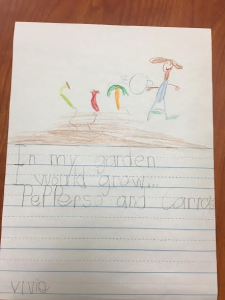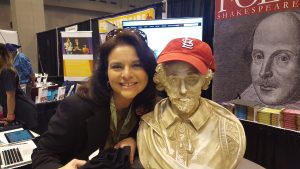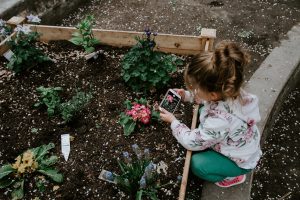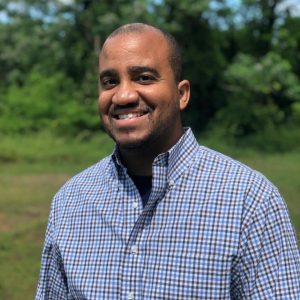Flashback to our theme on Financial Literacy! Due to publisher error, Derrick Shepard’s blog was delayed. So, it is now time to hear how Dr. Shepard supports this quote by Jane Bryant Quinn: “No one is born with a mind for personal finances.” Read more about our author at the end of his blog.
Sit with the above quote for a second before moving on. What comes to your mind after you read it? What feelings are elicited? Does the quote speak to you, to the students you are trying to instill a sense of understanding of financial literacy?
The Organisation for Economic Co-operation and Development (2019) defines “Financial literacy as knowledge and understanding of financial concepts and risks, as well as the skills and attitudes to apply such knowledge and understanding in order to make effective decisions across a range of financial contexts to improve the financial wellbeing of individuals and society, and to enable participation in economic life.”
The definition is holistic, but it is important to remember that a person’s understanding of financial literacy rests in their knowledge, understanding, attitudes toward financial literacy, and skills to implement a plan that incorporates all three. Now, revisit your thoughts and feelings about the above quote. Did anything change?
There is no denying that individuals need a basic understanding of financial literacy to navigate this capitalist society. Understanding how one’s credit score can impact everything from mortgage rates to credit card rates to the amount you pay for automobile insurance can help save money for the future. As educators, it is incumbent upon us to teach the 3 Rs and relay life skills, including financial literacy, to our students to help them grow into productive and responsible citizens. But how do we do it?
Our students live in a 24-hour, 365-day-a-year social media cycle that never ends. They are bombarded with messages every time they pick up their smartphones, and financial messages (e.g., how to make money) are prominent in the messaging. What I call “salespeople” (and I am being kind) promise riches with little to no effect. Ya, right. Other messages are more “old school” in that they speak to one’s athletic, musical, or artistic abilities to achieve the American Dream. Have you seen some commercials or music videos lately? An example of this is one of Toyota’s commercials for its Tundra Capstone. The actors promote the truck, which is nice and comes in at around $75000 as if it’s a status symbol to achieve to be accepted in the group. As educators, we know group interaction and acceptance are important for one’s development, especially during the pre-adolescent and adolescent years.
So, what messages are students receiving outside of the classroom regarding money?
Reflecting stopping point.
As educators vested in their students’ success, what do you know about them? I bet it’s a lot. You know their likes and dislikes. You know what their home lives are like to a degree. You know them, not as an aggregate reflection of a class roster. No, you know them as individuals with strengths and areas of growth. In knowing and considering this, remember this:
Financial Literacy IS NOT one size fits all.
To the best of your ability, you must consider individual demographics (e.g., racial identity, social class, ethnicity) when constructing an Individual Financial Education Plan (not be confused with an IEP, pun attended). Why is it so important that students’ financial education be individualized as possible? As Frederick Nietzche put it, “‘This-now my way: where is yours?” Thus, I answered those who asked me ‘the way.’ For the way-does not exist.!” As with an IEP, one’s Individual Financial Education Plan (IFEP) needs to be individualized because we all have different backgrounds, values, hopes, and aspirations.
I am not going to leave without some recommendations and resources.
The Psychology of Money (2021) by Morgan Housel is a terrific resource for taking a deeper dive into why we make the decisions we make regarding money. I tweaked his recommendations from the book to fit your students’ age demographics.
- Have students not be too hard on themselves when things go wrong financially.
Setting financial goals is the first step, but as with any goal, things can, and most likely will, go wrong, and mistakes will be made. It is our responsibility to instill a sense of forgiveness in them.
- Focus on wealth and not the ego.
Students are bombarded with messages to spend money. You have to have that new phone. Making saving cool can be (is) hard while living in an instant gratification society. Media does not make it any easier. However, we still need to figure out what makes our students tick and how to circumvent those messages to the best of our ability. Again, we know our students better than some algorithms. 😊
- Time is their friend.
Saving $10 a month does not seem like a lot; however, compound interest is the 8th wonder of the world. Use a time horizon calculator to show them what savings look like today and in the future. There are tons of time horizon calculators out there. Here’s one: https://smartasset.com/investing/investment-calculator
- You can replace money, but you cannot replace time.
Time is as precious as money. You can always get back money, but time is gone. We must impress upon our students to use their time wisely when it comes to finances. I can imagine you already do this in your role as an educator. Just put a twist on it and add the money.
- Be nicer and less flashy.
This gets into social-emotional learning. Housel (2020) states that one “is impressed with possessions as much as you are (p. 209). He argues, instead, that we are looking for respect and admiration from our peers (Housel, 2020). Having kindness and being respectful are other ways to gain respect from our peers.
- Save, baby, save!
Go back to recommendation #3.
- Help your students define what “success” means for them.
I am going to address this recommendation with my counselor educator hat on. Part of being a good counselor is to be open and congruent with clients. As the saying goes, “Clients will only go as deep as you are willing to go with yourself.” With that in mind, we need to remember the core condition of Unconditional Positive Regard (for our students and ourselves) when we teach financial literacy. We need to be Congruent and be who we are with our students when we teach financial literacy, and, finally, we need to show Empathy for those, including ourselves, who are struggling to better themselves but not knowing what they do not know.
- Help students define their “game.”
Financial success looks different for every student. What one considers a success may be an overreach or underreach for the next. There is no way. But, we can help our students reflect, critically think, and plan for a future that fits them.
Finally, I want to leave you with some financial resources that may assist you and your students in gaining a better understanding of personal finance.
The National Endowment for Financial Education (NEFE) champions effective financial education. They are the independent, centralizing voice that provides leadership, research, and collaboration to advance financial well-being.
The Consumer Financial Protection Bureau is a U.S. government agency dedicated to ensuring you are treated fairly by banks, lenders, and other financial institutions.
Khan Academy offers practice exercises, instructional videos, and a personalized learning dashboard that empowers learners to study at their own pace in and outside the classroom.
- 15 Financial Literacy Activities for High School Students (PDFs) (moneyprodigy.com)
- https://www.kidsmoney.org/teachers/financial-literacy-activities-high-school/
I hope you enjoyed reading this as much as I enjoyed writing it for you. The financial literacy journey is complex and ever-changing. But what does not change is our duty as educators to help our students grow and develop into the individuals we know they are capable of.


